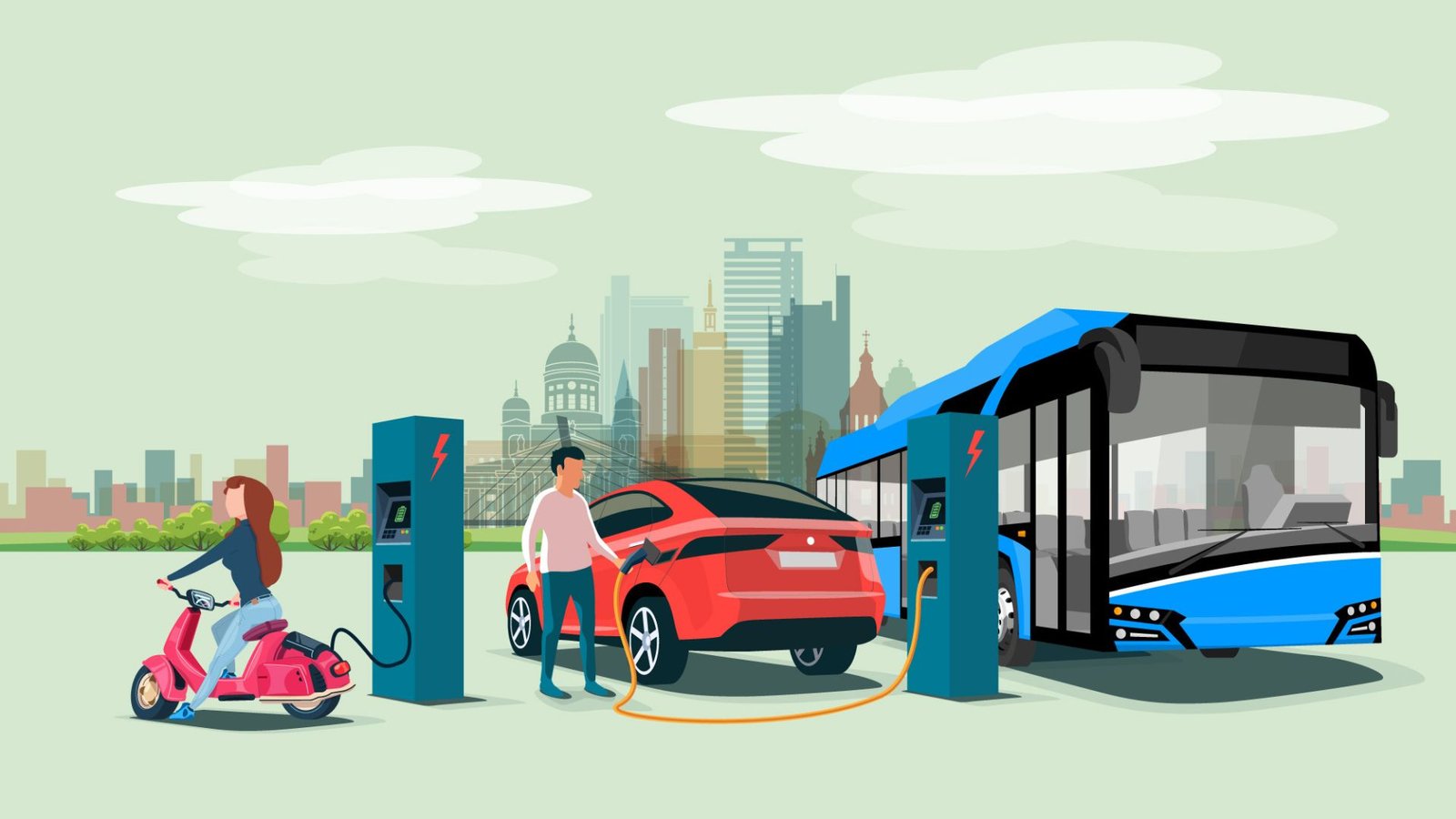Solutions for Electric Vehicles Travel
Electric vehicles (EVs) offer many advantages, including reduced emissions and lower operating costs. However, traveling with an EV presents unique challenges, such as range anxiety and charging infrastructure. Fortunately, there are several solutions and strategies to address these issues and make electric vehicle travel more convenient and efficient. Here’s a look at some effective solutions for electric vehicles travel.

Enhancing Charging Infrastructure
One of the primary concerns for EV drivers is finding a reliable place to charge. Expanding and improving charging infrastructure is crucial for overcoming this challenge.
Expanding Public Charging Networks
To ensure that EV drivers have access to charging stations, many cities and regions are investing in expanding public charging networks. This includes installing charging stations in high-traffic areas such as shopping centers, parking lots, and highway rest stops. Increased availability of charging points helps reduce range anxiety and makes long-distance travel more feasible.
Fast Charging Stations
Fast charging stations are essential for quick top-ups and long journeys. These stations can provide up to 80% charge in as little as 30 minutes. By increasing the number of fast charging stations along major travel routes and in urban areas, EV drivers can minimize downtime and continue their trips with fewer interruptions.
Home Charging Solutions
For daily use, home charging is a convenient option. Installing a Level 2 home charging station allows EV owners to recharge their vehicles overnight, ensuring a full battery each morning. Many utilities and local governments offer incentives for installing home chargers, making this option more accessible and affordable.
Addressing Range Anxiety
Range anxiety, or the fear of running out of battery power before reaching a charging station, is a common concern for EV drivers. There are several ways to alleviate this worry:
Real-Time Charging Information
Utilizing apps and in-vehicle navigation systems that provide real-time information about nearby charging stations can help drivers plan their routes more effectively. These tools can show the location, availability, and type of chargers, making it easier to find a suitable charging point.
Range Optimization Features
Many electric vehicles come equipped with features that help optimize range. For example, regenerative braking systems, energy-efficient climate control, and eco-driving modes can extend the driving range by reducing energy consumption. Familiarizing yourself with these features and using them effectively can help you get the most out of your EV’s battery.
Route Planning Tools
Advanced route planning tools can calculate the optimal route based on your vehicle’s current charge, available charging stations, and driving conditions. These tools can help you avoid running out of battery power by guiding you to the nearest or most convenient charging locations.
Improving Battery Technology
Advancements in battery technology play a crucial role in enhancing electric vehicle travel.
Longer Battery Life
New developments in battery chemistry and design are increasing the energy density and lifespan of EV batteries. As battery technology continues to improve, electric vehicles will offer longer ranges and reduced concerns about battery degradation over time.
Faster Charging Technology
Innovations in charging technology, such as ultra-fast chargers and improved charging protocols, are reducing charging times and increasing convenience. Future advancements are expected to further decrease charging durations, making it easier to fit charging into your schedule.
Battery Recycling and Second-Life Uses
Efficient battery recycling processes and second-life applications for used batteries are helping to address environmental concerns and improve sustainability. Used EV batteries can be repurposed for energy storage systems, which can support renewable energy grids and reduce overall waste.
Supporting Policies and Incentives
Government policies and incentives can significantly impact the adoption and convenience of electric vehicle travel.
Government Subsidies and Tax Credits
Many governments offer subsidies, tax credits, and rebates to reduce the cost of purchasing and maintaining electric vehicles. These financial incentives can make EVs more affordable and encourage wider adoption.
Investment in Charging Infrastructure
Government investments in charging infrastructure can help address gaps in coverage and support the growth of public charging networks. By funding the installation of charging stations and supporting research into new technologies, governments can enhance the overall EV travel experience.
Emission Regulations and Incentives
Regulations that promote low-emission vehicles and support the development of sustainable transportation can drive the adoption of electric vehicles. Incentives for businesses and property owners to install charging infrastructure can also increase the availability of charging points.
Advancing Vehicle-to-Grid Technology
Vehicle-to-grid (V2G) technology allows electric vehicles to interact with the power grid, providing additional benefits for both EV owners and the energy grid.
Energy Storage and Grid Support
V2G technology enables EVs to store excess energy from renewable sources and feed it back into the grid during peak demand periods. This helps stabilize the energy grid and supports the integration of renewable energy sources.
Financial Incentives for EV Owners
By participating in V2G programs, EV owners may receive financial incentives or reduced energy costs. These programs can help offset the costs of owning and operating an electric vehicle, making EV travel even more attractive.
Conclusion
In conclusion, addressing the challenges of electric vehicles travel involves a combination of enhanced charging infrastructure, advancements in battery technology, and supportive policies. By expanding public and home charging options, optimizing range management, and investing in technological innovations, the convenience and efficiency of electric vehicle travel can be greatly improved. As these solutions continue to develop, electric vehicles will become an increasingly viable option for drivers seeking a sustainable and efficient mode of transportation.

